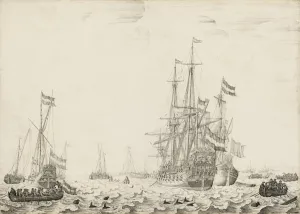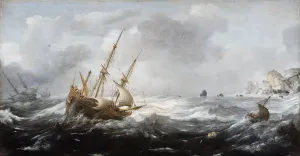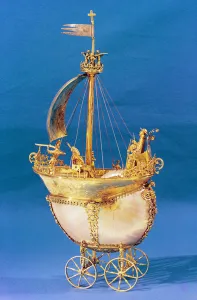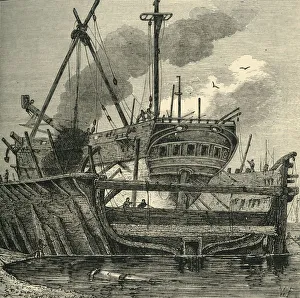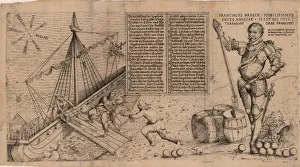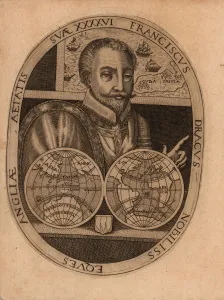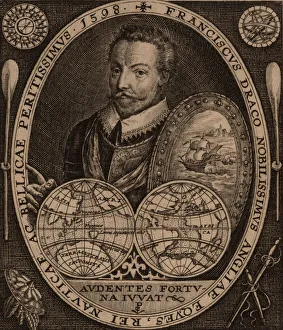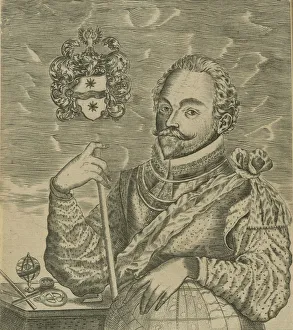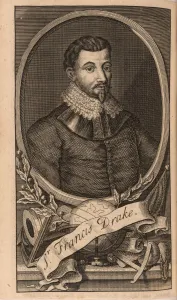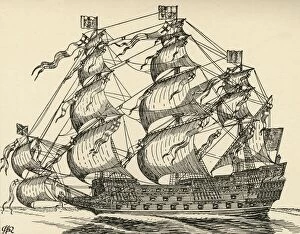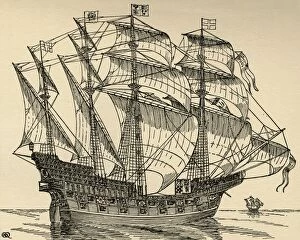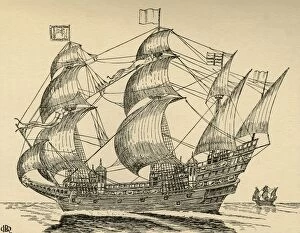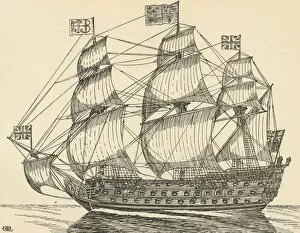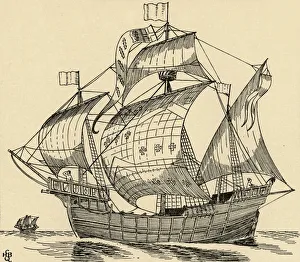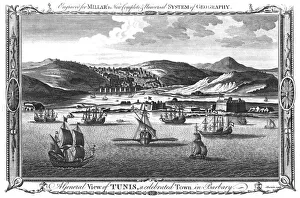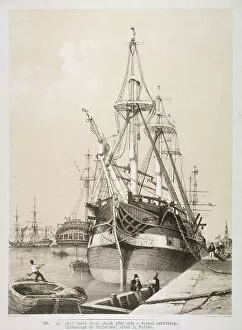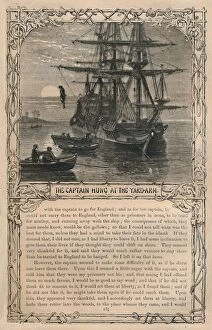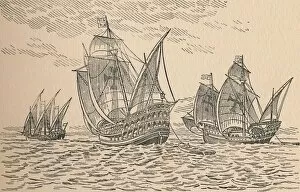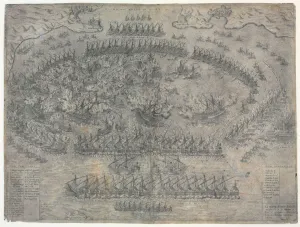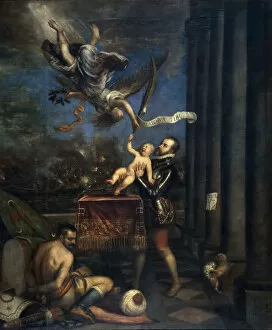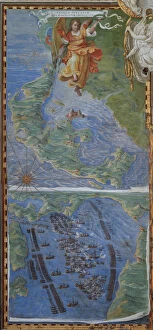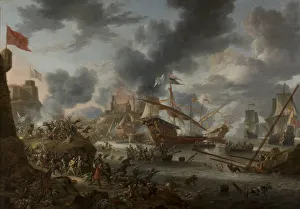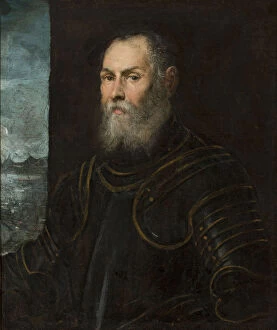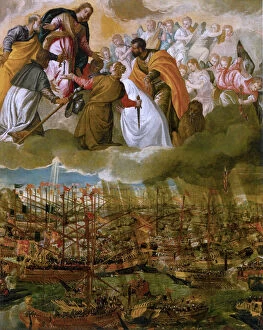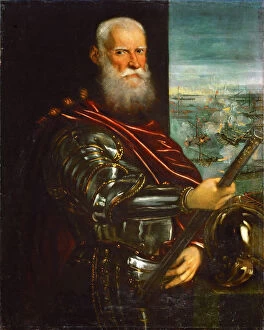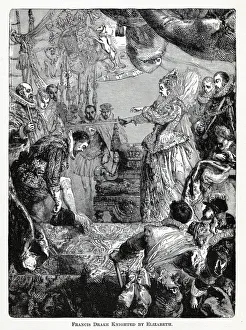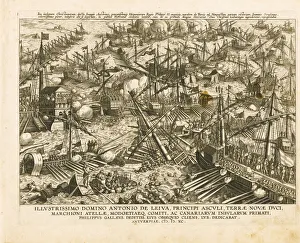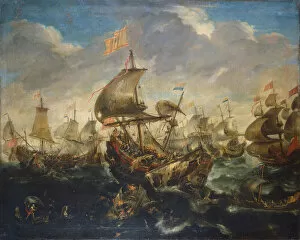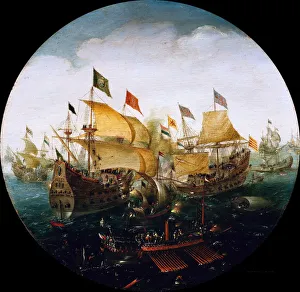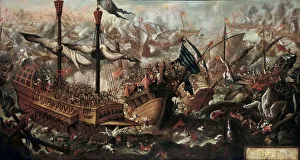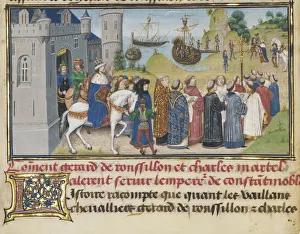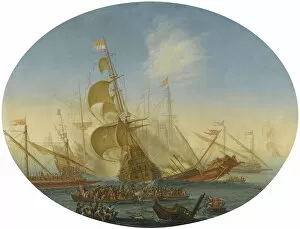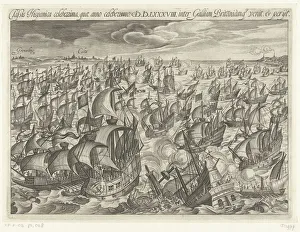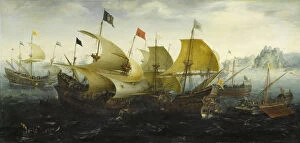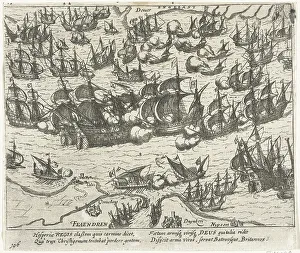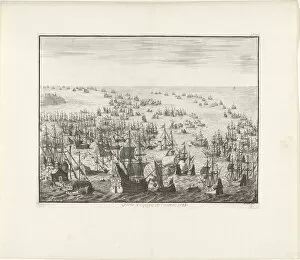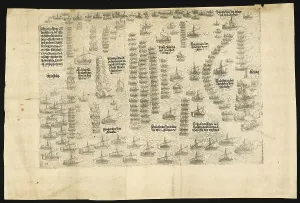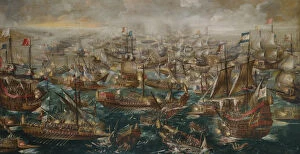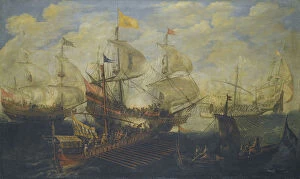Galleon Collection (page 9)
"Galleon: A Symbol of Naval Power and Historical Significance" The galleon, a majestic vessel that dominated the seas during the Age of Sail
All Professionally Made to Order for Quick Shipping
"Galleon: A Symbol of Naval Power and Historical Significance" The galleon, a majestic vessel that dominated the seas during the Age of Sail, holds a rich history filled with tales of adventure and conquest. From The Mary Rose, which sank in 1545 but was later recovered as an invaluable artifact, to The Redoutable at Trafalgar on that fateful day in 1805 depicted in oil on canvas, these ships were witnesses to some of the most significant events in maritime history. Imagine sailing alongside a Spanish galleon at sea, its towering masts reaching for the heavens while billowing sails catch the wind. Such scenes inspired artists like JMW Turner who immortalized them on canvas - Ulysses Deriding Polyphemus (1829) and Landscape with the Fall of Icarus (c. 1555). These paintings capture not only their grandeur but also evoke emotions ranging from triumph to tragedy. Speaking of Turner's works, his depiction of The English Ship Hampton Court battling fierce waves during a gale showcases both the strength and vulnerability inherent in these vessels. Similarly, Napoleon's departure aboard Northumberland after his defeat is captured by an artist around 1850 - symbolizing how even mighty empires can be humbled by time. One cannot discuss galleons without mentioning their role in epic naval battles such as The Battle of Trafalgar (1805) or against formidable foes like the Spanish Armada (1588). These clashes shaped nations' destinies and forever etched themselves into our collective memory. Whether it be through historical artifacts like The Mary Rose or artistic masterpieces depicting scenes from Mediterranean waters or tumultuous storms at sea, galleons continue to captivate our imagination. They remind us not only of humanity's quest for exploration but also serve as symbols representing courage, resilience, and determination that defined eras long past.

